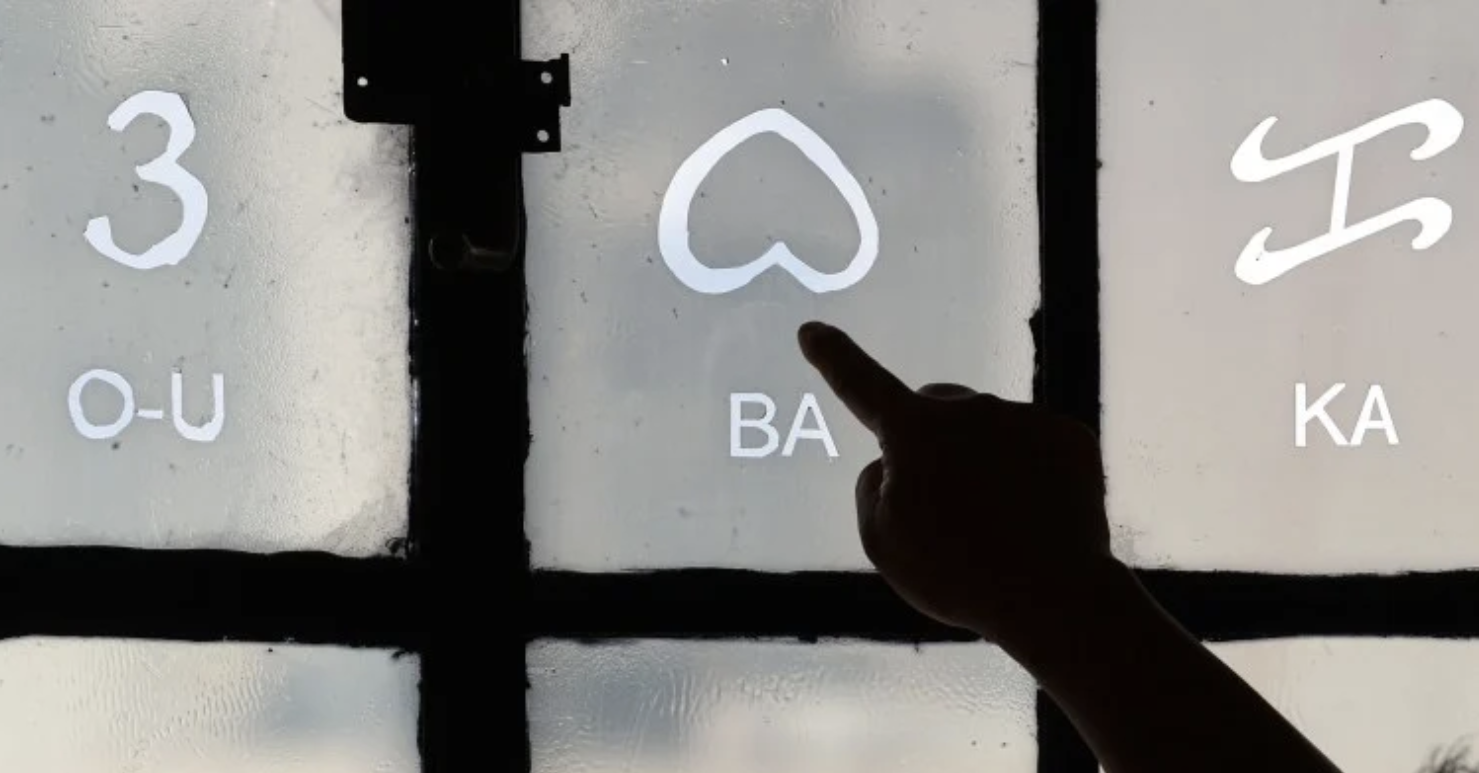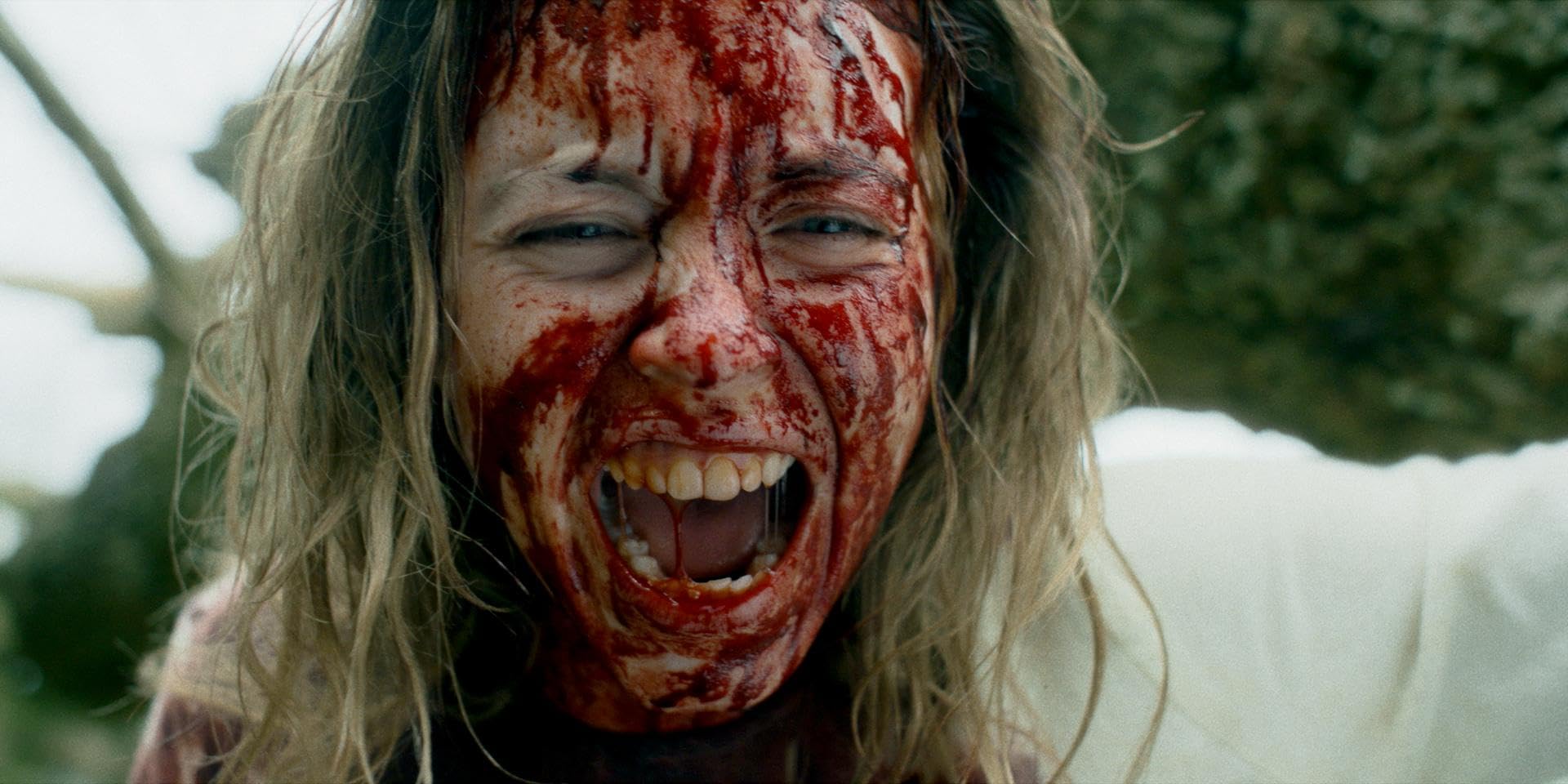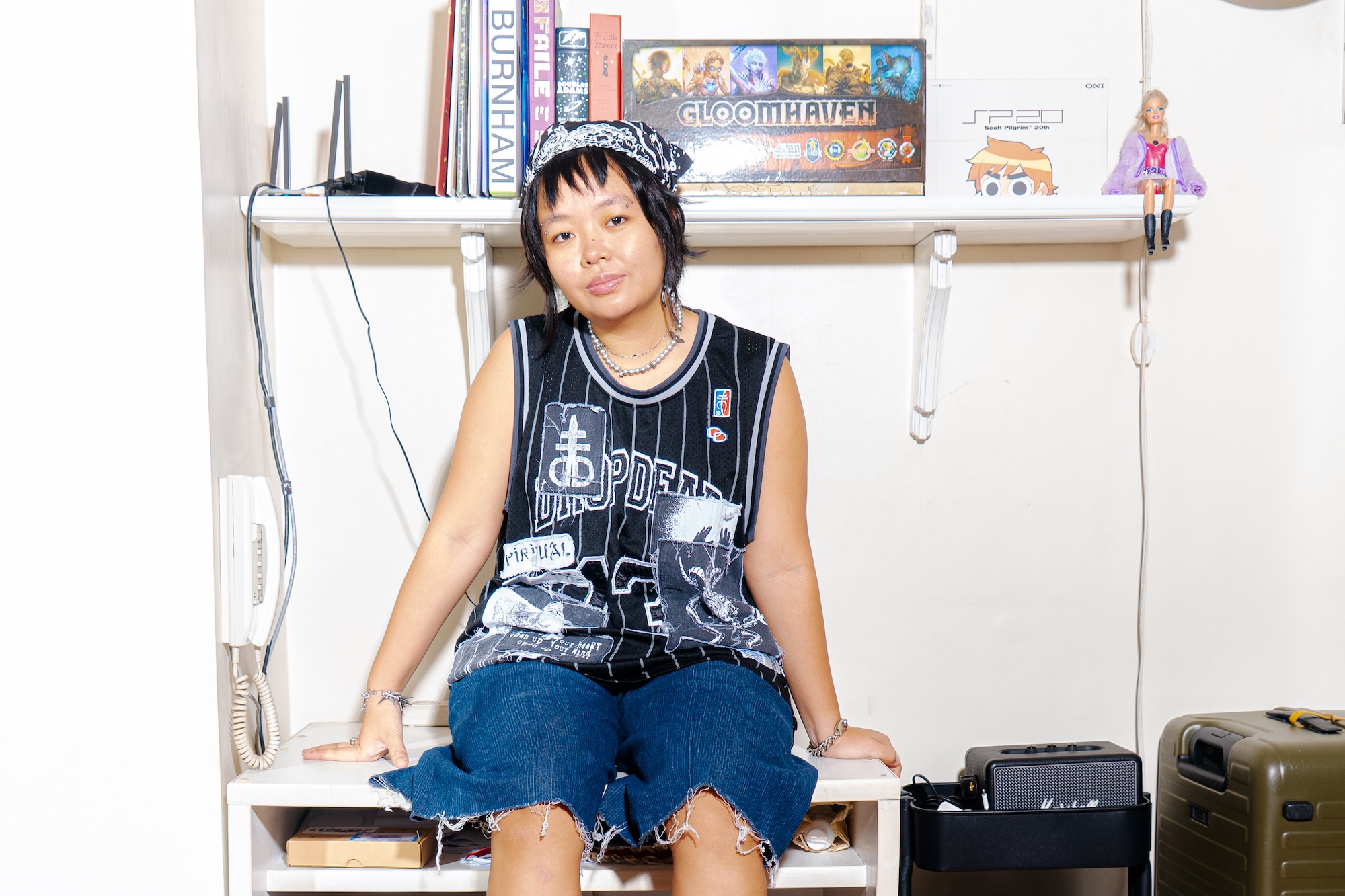Baybayin expert Kristian Kabuay shares insights on the pre-colonial script for tattoo enthusiasts and history buffs alike
In recent years, Baybayin tattoos have become a meaningful way for Filipinos to connect with Filipino roots. Often confused with alibata, Baybayin is a pre-colonial script unique to the Philippines. While each symbol in Baybayin represents a syllable, the script can resonate deeply with those who choose it for their body art.
To guide us through the nuances of Baybayin tattoos, we spoke with Kristian Kabuay, a leading authority on pre-Philippine scripts. Based in the US, Kabuay describes his roles as “an artist, entrepreneur, and futurist” specializing in endangered writing systems and tattoos from the Philippines.
READ MORE: For Kristian Kabuay, Baybayin isn’t a trend—it’s a way to preserve culture
Understanding Baybayin
Kabuay emphasizes the importance of understanding the traditional way to write Baybayin. Historically, the script was written with only syllables in pre-colonial culture. This had economic logic behind it, as it was laborious to scratch out onto bamboo.
Each person in the tribe had different roles and variations in the way they spoke as well. The Babaylan or female shaman would write differently compared to the warriors.
But this changed after the arrival of the Spanish in the 1600s. “When the Spanish arrived, they tried to alter the script to have the consonants so that they could read it even without context,” Kabuay explains.
“We rejected modernization back then because it altered the spirit of the script. In a modern context, I would write non-Philippine words using the modification but for non-colonial words… It should be written traditionally if you’re interested in a deeper context.”

Choosing the right word
When considering a Baybayin tattoo, choosing words with personal significance is important, especially since it will be painted on your body your whole life.
While we can’t cover every word, here are some of the most popular choices that carry deep meanings for Filipinos, and are often selected for the powerful emotions they evoke.
These renditions in Baybayin are painted by Kabuay in the pre-colonial manner (without the cancellation kudlit), which is the modern version imposed by the Spaniards.










Decolonizing the script
Kabuay encourages those interested in Baybayin to approach it with the mindset of our ancestors rather than through a Westernized lens. He envisions a future where Baybayin continues to regain its place in Filipino identity.
“You see shops, street signs, and products using the script as identity. Sure, many are incorrect, but it’s the intention that matters,” he notes. “In 2011, I was part of a group, Baybayin Buhayin, that worked to pass a bill to protect and preserve the practice. The bill has evolved over the years but has never been signed by the president. That’s actually okay because we continued the work of teaching and promoting the practice all these years. Elements of the bill are being implemented [even] without government intervention.”
Baybayin in tattoo art
Kabuay’s Baybayin tattoo practice, popularly known as batok, follows traditional methods. It includes ceremonies with alay offerings to ancestors, using appropriate patterns and placements based on one’s ethnolinguistic group, and employing 100 percent handmade tools like boar’s tusk, thorns, and stingray barb.
In tattooing Baybayin, Kabuay takes a different approach from his more well-known calligraphy. “I strip it down and focus on the base strokes of the character as if it was scratched on bamboo like our ancestors did and the Mangyans continue to do. It’s much more angular,” he explains.
**
Like with most tattoos, choosing to get a Baybayin tattoo is more than just for aesthetics. Baybayin tattoos are a way to reconnect with a part of Filipino history that was almost lost to colonization. As Kabuay puts it, “Now you have a story to tell.”
Kristian Kabuay offers unique Baybayin education, including a school for traditional bone tool crafting for tattoos and custom script design.








































